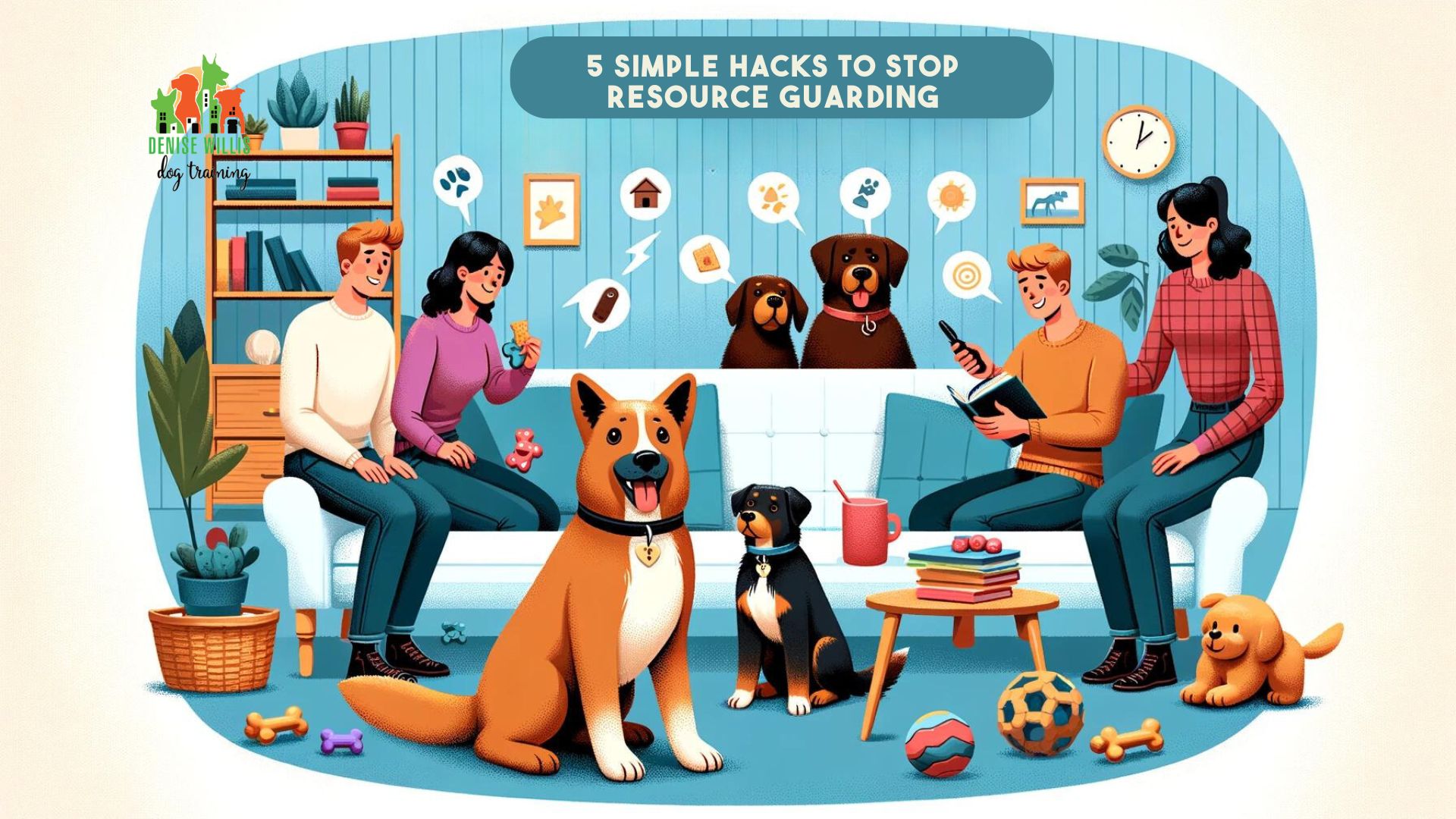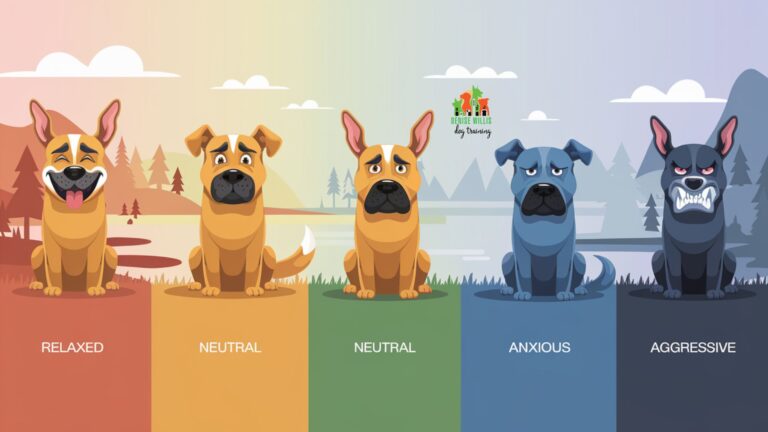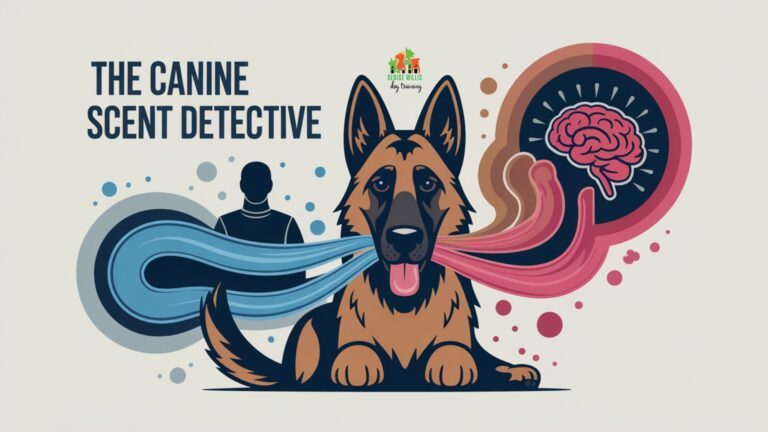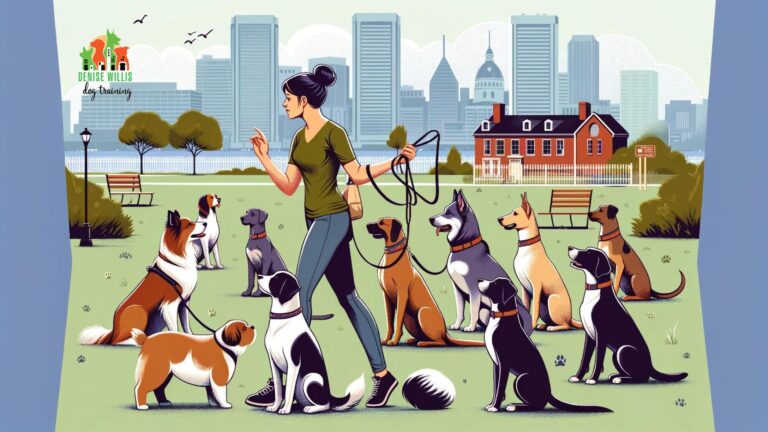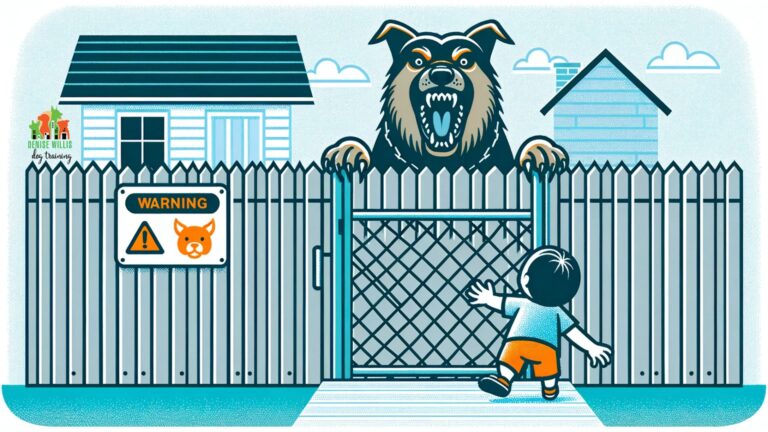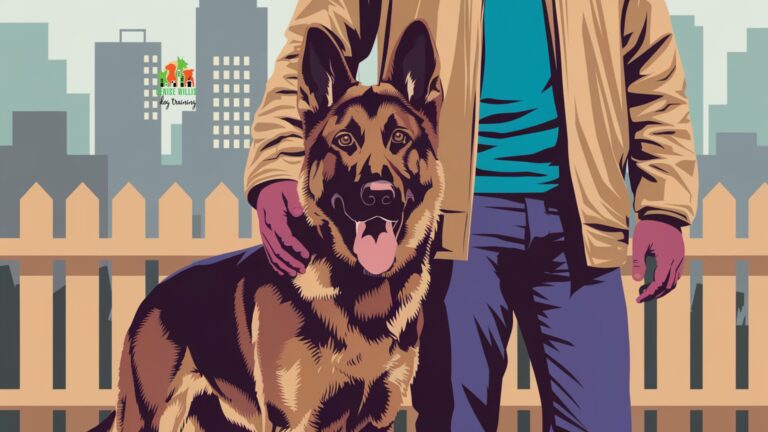5 Simple Hacks to Stop Your Dog’s Resource Guarding
📍 Service Area Notice: DW Dog Training provides in-person training services exclusively in the Greater Baltimore area. While our blog content is designed to help dog owners internationally, our hands-on training services are locally focused. For readers outside our service area, we hope you find value in our articles and welcome you to reach out with questions!
Is resource guarding turning your furry friend into a snarling, snapping nightmare? You’re not alone. Many dog owners face this frustrating and often scary behavior, wondering if they’ll ever be able to enjoy a peaceful mealtime or playtime with their canine companion again.
First, let’s get one thing straight: resource guarding is a serious issue, but it’s not an insurmountable one. With the right approach, a hefty dose of patience, and a sprinkle of consistency, you can help your dog learn to share and play nicely.
So, What Exactly is Resource Guarding?
In a nutshell, it’s when your dog becomes possessive over a particular item, be it food, a toy, or even a favorite human, and starts displaying aggressive behavior when they feel that resource is threatened. This can range from subtle signs like stiffening and staring to more overt displays like growling, snapping, or even biting.
Now, before you start blaming yourself or your dog, know that resource guarding is a natural behavior that served a purpose in the wild. In a world where resources were scarce, guarding what you had could mean the difference between life and death. But in our modern, domesticated world, it’s a behavior that’s not only unnecessary but also downright dangerous.
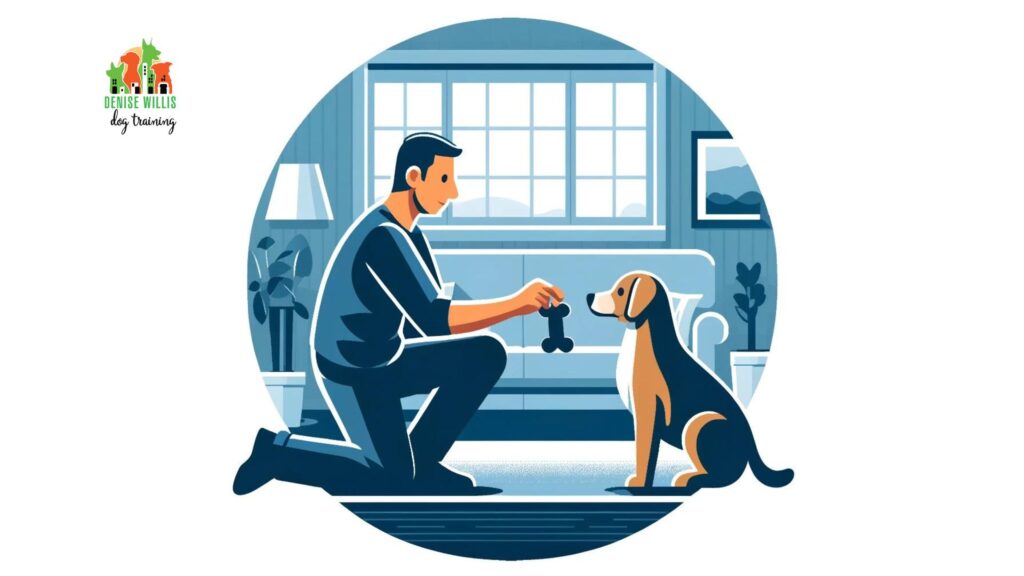
So, What Causes Resource Guarding?
Well, it’s a bit of a mixed bag. Genetics can play a role, with certain breeds like those bred for guarding or hunting being more prone to the behavior. Early life experiences, such as growing up in a puppy mill or experiencing a lack of resources, can also contribute. And, of course, there’s the learned component – if a dog realizes that growling or snapping makes people back off, they’re more likely to repeat the behavior.
But enough about the whys and wherefores.
You’re here for solutions, and that’s exactly what I’m going to give you.
Here are five simple hacks to help stop your dog’s resource guarding and restore harmony to your household:
Hack #1: Teach Your Dog to Trade
One of the most effective ways to prevent resource guarding is to teach your dog that giving up an item leads to something even better. Start with low-value items and work your way up. Present a high-value treat, say “trade,” and reward your dog as soon as they drop the item. With practice, your dog will learn that letting go of things results in a tasty payoff.
Hack #2: Manage the Environment
Sometimes, the best offense is a good defense. Prevent your dog from practicing resource guarding by managing their environment. This might mean feeding dogs separately, supervising playtime, and removing high-value items that trigger guarding behavior. By minimizing the opportunities for your dog to guard, you’ll help break the cycle.
Hack #3: Use Positive Reinforcement
When it comes to stopping resource guarding, positive reinforcement is your best friend. Instead of punishing your dog for growling or snapping, which can actually increase their anxiety and make the behavior worse, focus on rewarding them for calm, relaxed behavior around their triggers. This could be as simple as tossing a treat whenever you walk by their food bowl or praising them for allowing you to pet them while they chew on a toy.
Hack #4: Enlist Professional Help
Sometimes, despite our best efforts, we need a little extra help. If your dog’s resource guarding is severe or you’re feeling out of your depth, don’t hesitate to enlist the aid of a certified professional. A skilled trainer or behaviorist can assess your dog’s specific needs and develop a customized plan to address the behavior. They’ll also be able to guide you through the process and offer support along the way.
Hack #5: Be Patient and Consistent
Changing behavior takes time, and resource guarding is no exception. It’s crucial to remain patient and consistent in your approach, even if progress feels slow. Celebrate the small victories and remember that every step forward, no matter how tiny, is a step in the right direction.
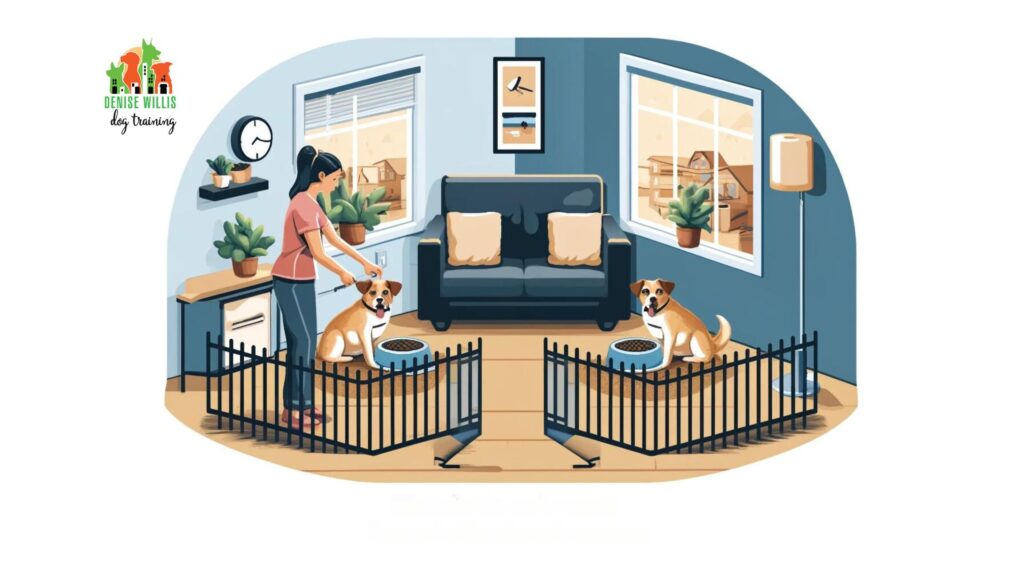
What Should You Consider for Next Steps At Resource Guarding?
Now, I know what you might be thinking. “But what if my dog growls at me when I approach their food bowl?” or “Can I ever truly prevent resource guarding?” Let’s tackle those questions head-on.
If your dog growls when you approach their food bowl, the worst thing you can do is punish them. I know it might be tempting to scold them or force them to back down, but all that will do is erode their trust in you and potentially escalate the aggression. Instead, back off calmly and consult with a professional to develop a plan for counterconditioning and desensitization.
As for preventing resource guarding entirely, while there’s no guaranteed way to completely eliminate the possibility, there’s a lot you can do to reduce the risk. Start early by teaching your puppy or newly adopted dog to trade items for treats and reward them for sharing. Manage their environment to minimize triggers and always supervise interactions around high-value resources. And, if you notice any early warning signs, like stiffening or hard stares, intervene immediately and redirect your dog’s attention before the situation escalates.
But what if you’re considering adopting a dog with a history of resource guarding? Is it safe? The answer is, it depends. With commitment, consistency, and the guidance of a professional, many dogs with resource guarding can be successfully rehabilitated. However, it’s essential to honestly assess your own household and lifestyle. If you have young children or other pets, or if you’re not prepared to put in the time and effort required for training and management, it may not be the right fit.
At the end of the day, stopping resource guarding is all about replacing fear and anxiety with trust and confidence. By teaching your dog that sharing is rewarding, managing their environment to minimize triggers, and seeking professional help when needed, you can help your furry friend feel secure and relaxed in their world.
It won’t happen overnight, and there may be setbacks along the way, but with patience, consistency, and a whole lot of love, you and your dog can overcome this challenge together. And when you’re finally able to enjoy a peaceful mealtime or a relaxed game of fetch, all the hard work will have been more than worth it.
So, take a deep breath, stock up on high-value treats, and remember: you’ve got this. Your dog is lucky to have a dedicated owner like you, and with a little guidance and a lot of heart, you’ll be able to transform that snarling, snapping ball of fur back into the loving, loyal companion you know they can be.
Key Takeaways
- Resource guarding is a serious but solvable behavior issue in dogs, often caused by a combination of genetics, early life experiences, and learned behaviors.
- Teaching your dog to trade items for treats, managing their environment, using positive reinforcement, seeking professional help when needed, and being patient and consistent in your training approach are all powerful strategies for reducing resource guarding.
- Never punish your dog for growling, as this can escalate aggression. Instead, calmly remove yourself from the situation and consult with a professional.
- While there’s no guaranteed way to completely prevent resource guarding, starting training early, supervising interactions, and intervening at the first signs of guarding can significantly reduce the risk.
- When adopting a dog with resource guarding, honestly assess your household and lifestyle to ensure you can commit to the training and management required for a successful rehabilitation.
Remember, stopping resource guarding is a process, but with the right tools, mindset, and support, you and your dog can come out the other side stronger, happier, and more bonded than ever before.
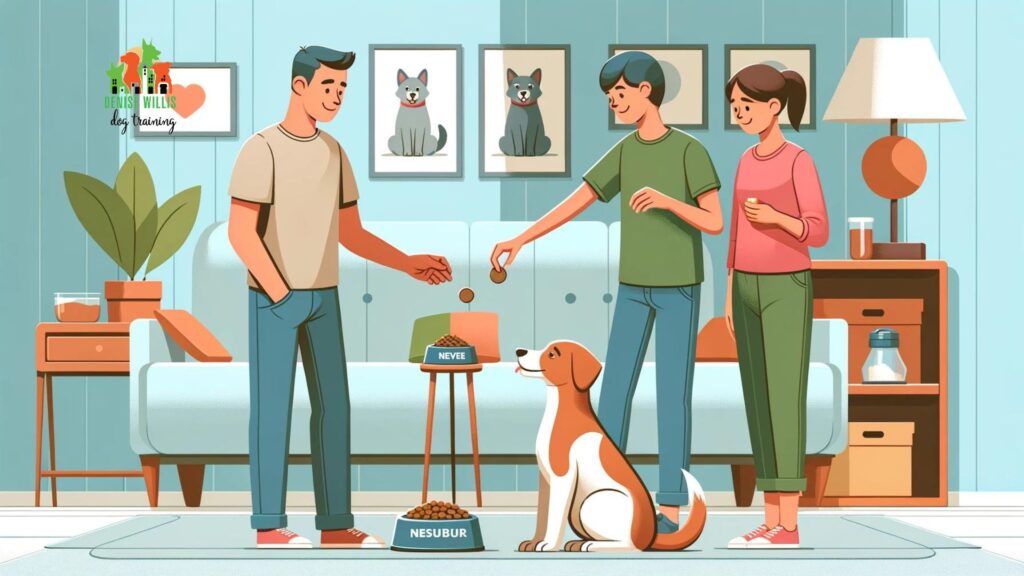
Final Thoughts
Resource guarding is a complex and potentially dangerous behavior that requires patience, consistency, and a well-planned approach to overcome. By implementing the five simple hacks outlined in this article – teaching your dog to trade, managing their environment, using positive reinforcement, enlisting professional help when needed, and remaining patient and consistent – you can help your furry friend feel more secure and confident in their world.
Remember, every dog is unique, and what works for one may not work for another. It’s essential to be flexible in your approach and to always prioritize your dog’s safety and well-being. With time, effort, and a whole lot of love, you can transform your resource-guarding dog into a calm, relaxed, and happy companion.
If you find yourself struggling to manage your dog’s resource guarding behavior, or if you feel like you’ve tried everything and nothing seems to be working, don’t hesitate to reach out to our experts at DW Dog Training. With years of experience and a deep passion for helping dogs and owners build strong, positive relationships, we are equipped to tackle even the most challenging cases of resource guarding.
At DW Dog Training, your dog’s success is their top priority. They offer personalized training plans tailored to your dog’s unique needs and goals, ensuring that they receive the best possible care and attention. Whether you opt for private training sessions or our renowned board and train program, you can trust that your dog is in capable, caring hands.
So, if you’re ready to take the first step towards a happier, healthier relationship with your resource-guarding dog, contact DW Dog Training today. With their guidance and support, you can help your furry friend overcome their fears and anxieties, and build a bond that will last a lifetime.

